-
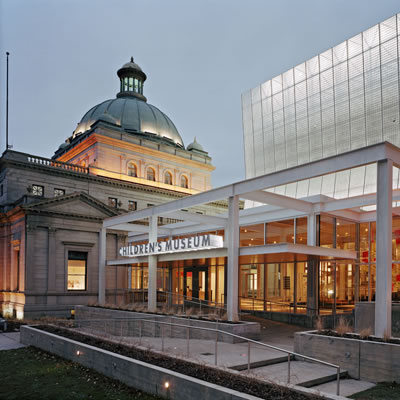 Children's Museum of Pittsburgh
Children's Museum of Pittsburgh 2007 Rudy Bruner Award for Urban Excellence - Gold Medal
The renovated and expanded Children’s Museum of Pittsburgh is a sustainable complex integrating nonprofit programs and inter-institutional collaborations. The 80,000-square-foot facility incorporates three distinct centuries of architectural style, using the design to inform its mission to provide programs exploring the historic past, contemporary issues, and future challenges. In addition to traditional exhibitions, the museum offers a diverse range of family programming.
The Children’s Museum is an outstanding example of urban placemaking and a model for institutional leadership in urban revitalization. The building is LEED Silver certified, preserves historic structures, and was developed through an innovative design process that included charrettes, competitions, and public participation. Attracting 230,000 visitors per year, the museum serves as a catalyst for change in an underserved urban neighborhood.
-
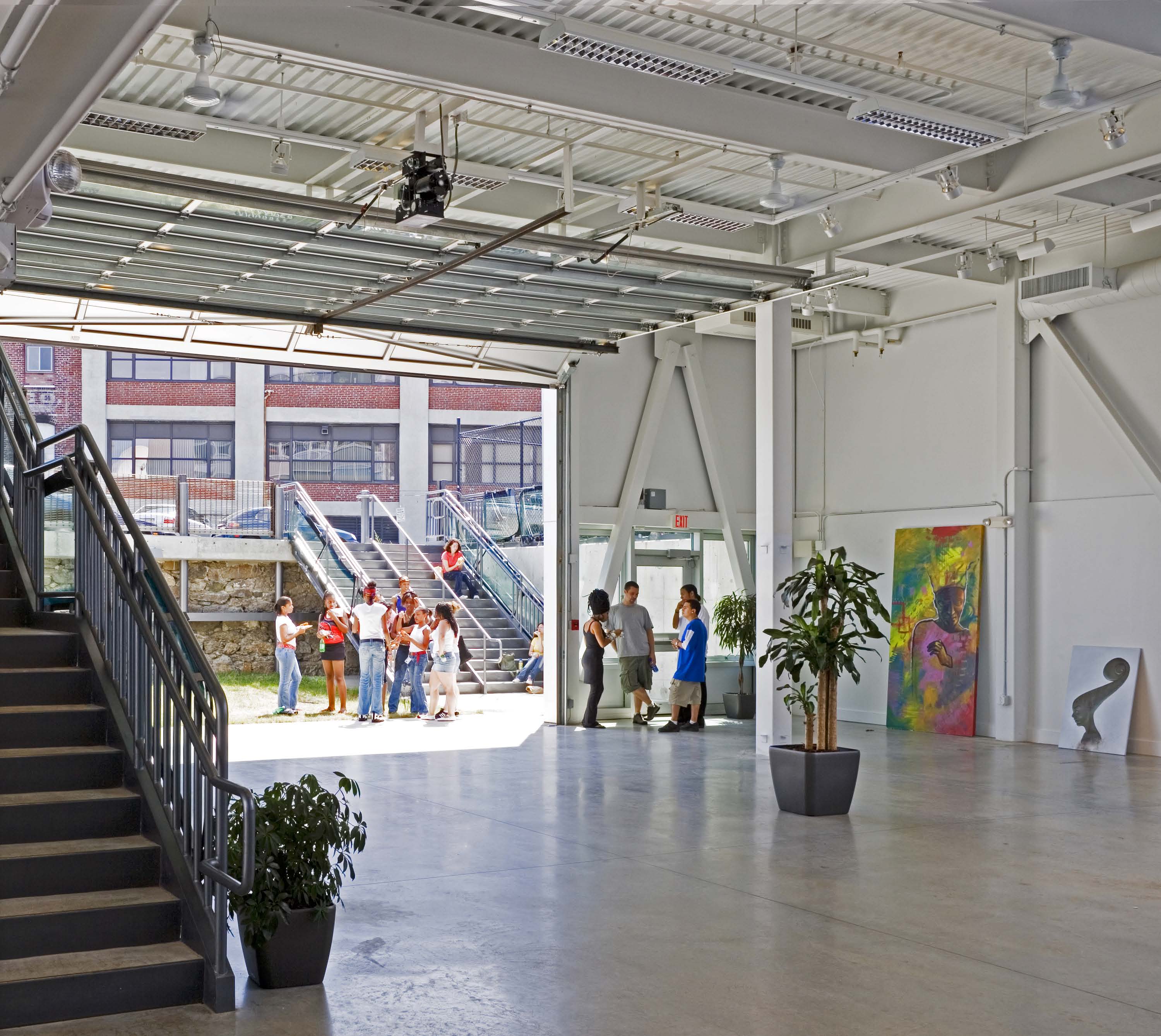 Artists for Humanity EpiCenter
Artists for Humanity EpiCenter 2007 Rudy Bruner Award for Urban Excellence - Silver Medal
Boston’s Artists for Humanity EpiCenter empowers underserved youth with paid art apprenticeships that build confidence, creativity, and workforce readiness skills. Housed in a 23,000 square-foot LEED Platinum-certified building, the center is a full-service art and design business employing over 250 teens each year in creative and visual arts apprenticeships. Mentors work with teens in multimedia, photography, painting, sculpture, and other art forms to find creative solutions to client needs. Tutoring, literacy, science and technology, and college readiness programs support the young art entrepreneurs, and a 5,000-square-foot downtown gallery available for lease supports the center while featuring a rotating exhibition of student art.
By paying teens for their creative work, the center emphasizes the role of the arts in the global economy and the power of art and design to transform lives. Indeed, 100% of participating seniors graduate on time and are accepted to post-secondary education or advanced vocational training. The sustainability features of the building, which captures renewable energy through large solar panels, encourage environmental stewardship and accountability and serve as a model of green living for the community.
-
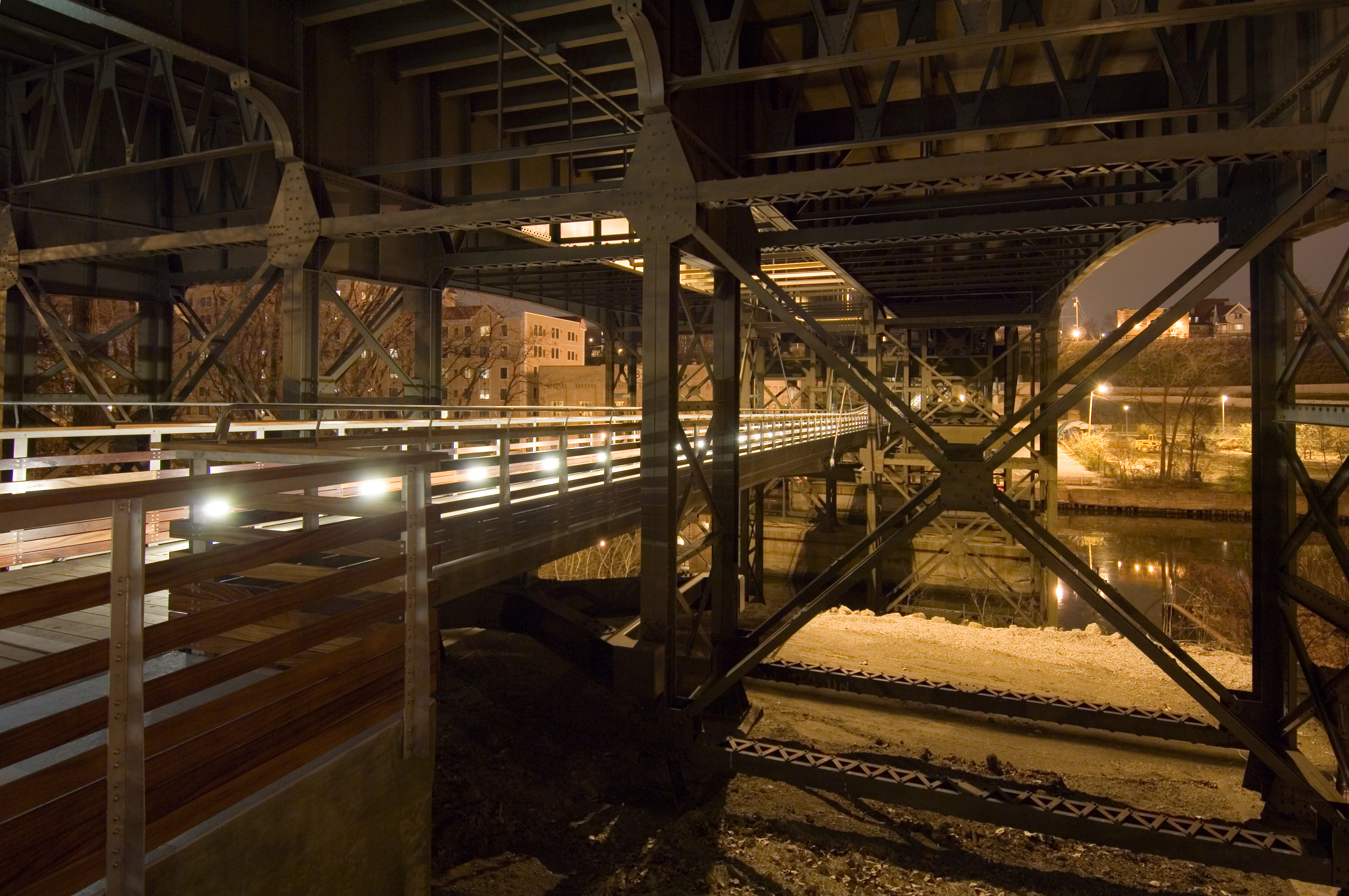 Crossroads Project and Marsupial Bridge
Crossroads Project and Marsupial Bridge 2007 Rudy Bruner Award for Urban Excellence - Silver Medal
The Crossroads Project and Marsupial Bridge in Milwaukee transformed a historic bridge to create a pedestrian walkway and urban plaza reconnecting communities. The $3.2 million infrastructure project exemplifies excellence in reusing “left-over” spaces to revitalize a community. Built below the deck of the historic 1925 Holton Street Viaduct, the Marsupial Bridge (so named because it resembles a pouch) connects the neighborhoods on either side of the river with a pedestrian and bicycle path. A new bus shelter and plaza serve as a gateway to the project, and another plaza replaces a crime-ridden under-bridge space with a safe and attractive venue for gatherings, art installations, and public use. Together these components have helped to revitalize the communities on both sides of the bridge, allowing residents to walk or bike to restaurants, merchants, and services across the river. The bridge also creates a new link in Milwaukee’s extensive bike trail system.
The Crossroads Project offers a new model for the use of interstitial spaces found in cities across the country. It also required extensive repairs to the viaduct, setting an important precedent for restoration and design quality in the urban infrastructure of the city.
-
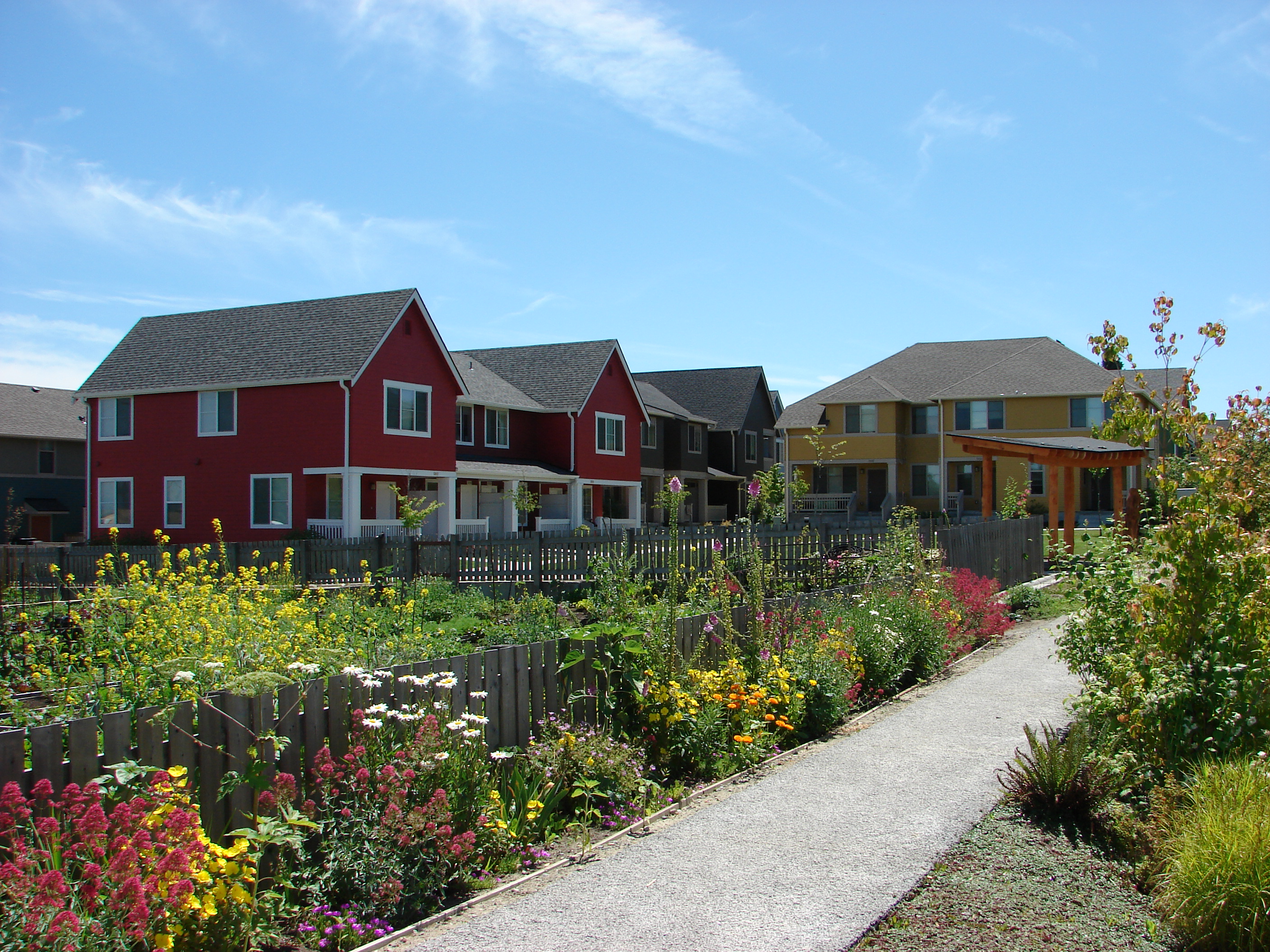 High Point Redevelopment Project
High Point Redevelopment Project 2007 Rudy Bruner Award for Urban Excellence - Silver Medal
Seattle’s High Point Redevelopment Project replaced a deteriorated public housing project with an environmentally sustainable and economically diverse community. Built in 1941, the original 716-unit project had fallen into disrepair, and the isolated neighborhood was plagued with socio-economic problems. The redevelopment bulldozed the old project and built 1,600 new units of sustainable housing with extensive amenities and social services in a 120-acre planned community. The new complex fully integrates subsidized, market-rate, and senior housing while at the same time reintegrating the community with the rest of West Seattle. Parks, trails, and other public spaces emphasize connection to nature and neighbors, and a full array of resident services are provided in a community center, library, and health clinic.
A highlight of the $52.2 million project is its commitment to environmental stewardship through a focus on energy efficiency and green building practices. A state-of-the-art natural drainage system effectively manages runoff into the nearby watershed that is Seattle’s most significant salmon-spawning stream. The redevelopment was also managed to ensure that as many original residents as possible would have the opportunity to live in the new development.
-
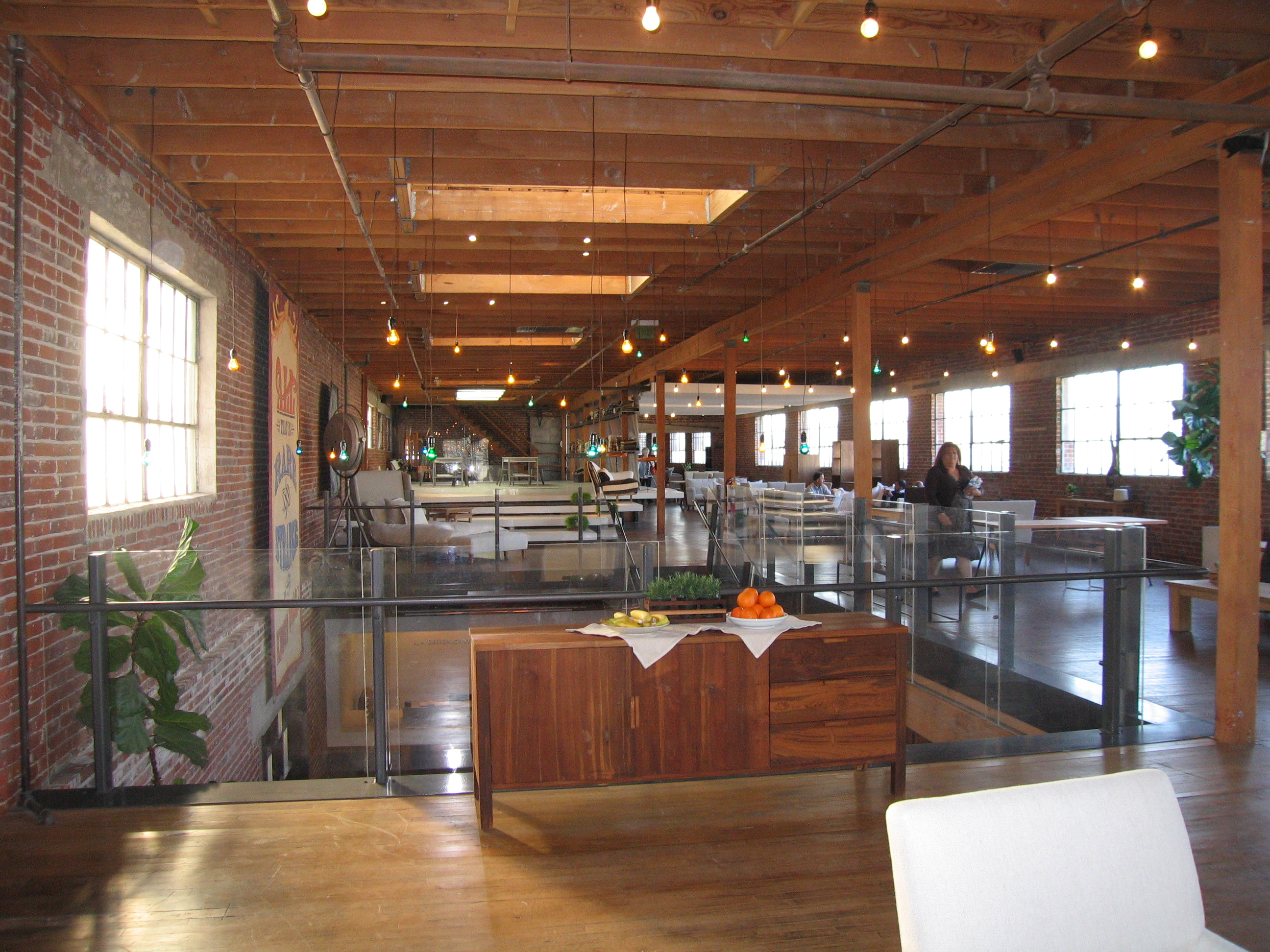 LA Design Center
LA Design Center 2007 Rudy Bruner Award for Urban Excellence - Silver Medal
The Los Angeles Design Center renovated two warehouses into a showroom and event space to revitalize a district and transform the area through good design. The 80,000-square-foot complex includes 20,000 feet of outdoor space and aims to spark economic growth that will directly impact local entrepreneurs, particularly the furniture designers and manufacturers who populate the surrounding district.
The effort was led by two private citizens deeply committed to improving their local community. Although they used simple materials in repurposing the warehouses, they were used to powerful effect. The design is distinctive and elegant, creating a strong sense of place, with flexible interior spaces allowing for a variety of uses.
-
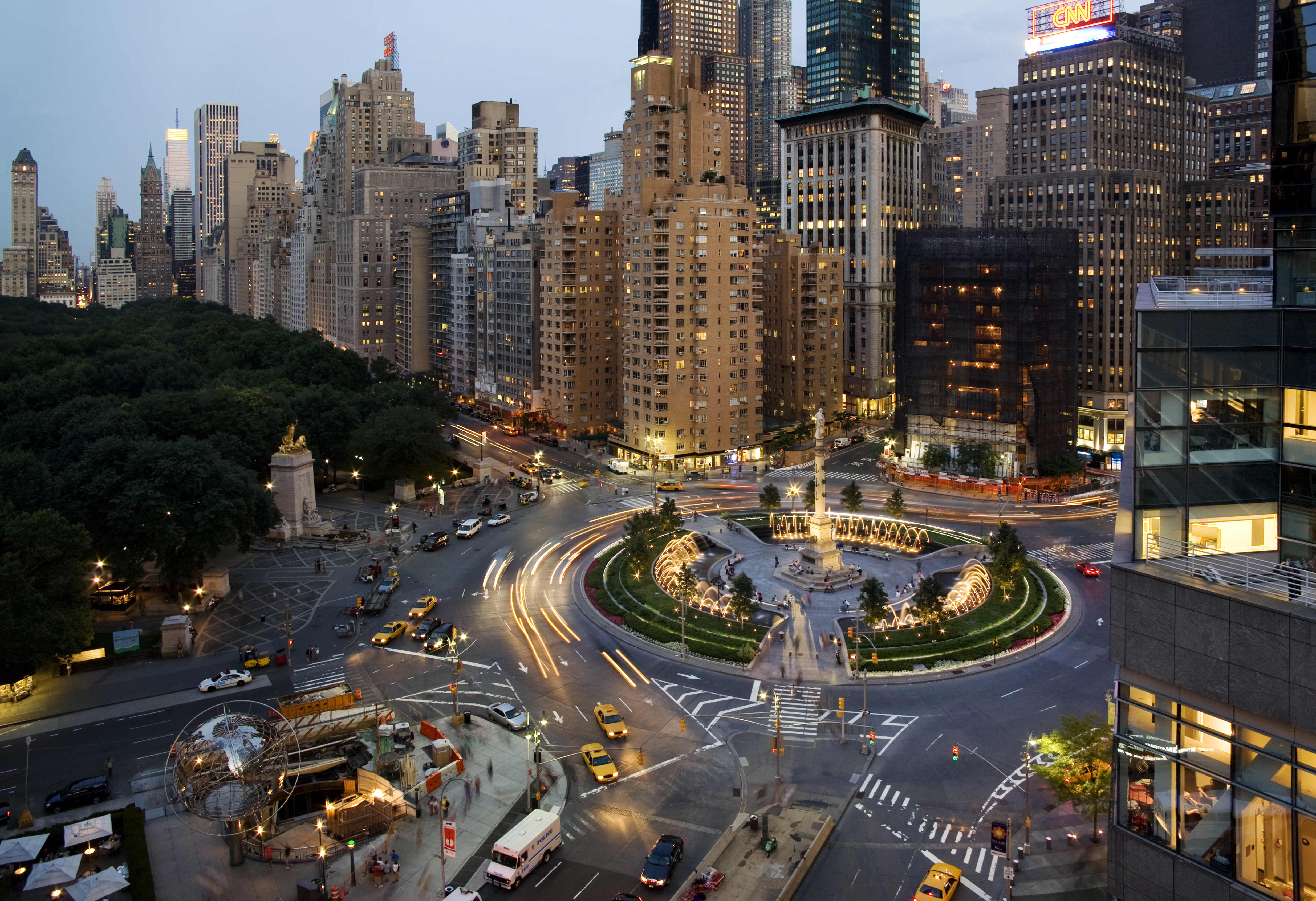 Columbus Circle Public Plaza
Columbus Circle Public Plaza 2007 Rudy Bruner Award for Urban Excellence - Silver Medal
Columbus Circle Public Plaza redesigned the historic traffic circle on the southwest corner of New York City’s Central Park to ease traffic congestion and create a new park. Plagued in the past by traffic bottlenecks, the circle now offers organized and safe traffic flow and a small park that is a destination of its own. Indeed, the circle is a safe haven in a busy intersection. A walkable fountain encircles the park and helps muffle the sound of traffic, and a ring of benches and gardens add to the plaza’s welcome. A 225,000-square-foot transportation hub beneath the circle accommodates subway transit at a major transfer station, and the 40-foot-high marble monument to Christopher Columbus now towers over the public in a new context that enhances the plaza’s thriving atmosphere.
Despite the plaza’s new popularity, its careful design allows it to function first as a transportation resource that can move 60,000 cars per day through a complex intersection. With a vista that organizes districts above and below, Columbus Circle symbolically, socially, culturally, and programmatically makes a difference in the urban landscape.
-
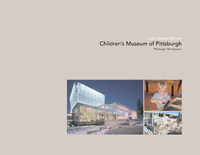 Children's Museum of Pittsburgh case study
Children's Museum of Pittsburgh case study
-
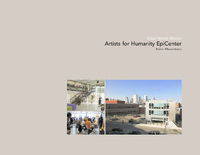 Artists for Humanity EpiCenter case study
Artists for Humanity EpiCenter case study
-
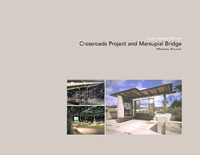 Crossroads Project and Marsupial Bridge case study
Crossroads Project and Marsupial Bridge case study
-
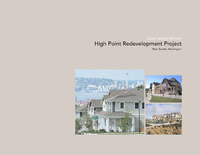 High Point Redevelopment Project case study
High Point Redevelopment Project case study
-
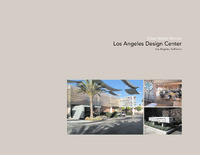 LA Design Center case study
LA Design Center case study
-
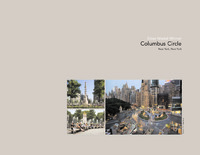 Columbus Circle Public Plaza case study
Columbus Circle Public Plaza case study
-
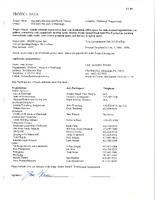 Children's Museum of Pittsburgh application
Children's Museum of Pittsburgh application
-
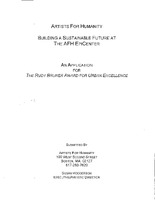 Artists for Humanity EpiCenter application
Artists for Humanity EpiCenter application
-
 Crossroads Project and Marsupial Bridge application
Crossroads Project and Marsupial Bridge application
-
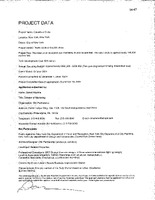 Columbus Circle Public Plaza application
Columbus Circle Public Plaza application
-
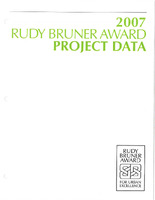 LA Design Center application
LA Design Center application
-
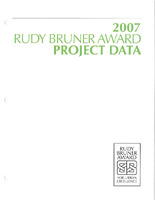 High Point Redevelopment Project application
High Point Redevelopment Project application
-
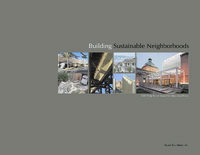 Building Sustainable Neighborhoods: The 2007 Rudy Bruner Award for Urban Excellence
Building Sustainable Neighborhoods: The 2007 Rudy Bruner Award for Urban Excellence
 Children's Museum of Pittsburgh 2007 Rudy Bruner Award for Urban Excellence - Gold Medal The renovated and expanded Children’s Museum of Pittsburgh is a sustainable complex integrating nonprofit programs and inter-institutional collaborations. The 80,000-square-foot facility incorporates three distinct centuries of architectural style, using the design to inform its mission to provide programs exploring the historic past, contemporary issues, and future challenges. In addition to traditional exhibitions, the museum offers a diverse range of family programming. The Children’s Museum is an outstanding example of urban placemaking and a model for institutional leadership in urban revitalization. The building is LEED Silver certified, preserves historic structures, and was developed through an innovative design process that included charrettes, competitions, and public participation. Attracting 230,000 visitors per year, the museum serves as a catalyst for change in an underserved urban neighborhood.
Children's Museum of Pittsburgh 2007 Rudy Bruner Award for Urban Excellence - Gold Medal The renovated and expanded Children’s Museum of Pittsburgh is a sustainable complex integrating nonprofit programs and inter-institutional collaborations. The 80,000-square-foot facility incorporates three distinct centuries of architectural style, using the design to inform its mission to provide programs exploring the historic past, contemporary issues, and future challenges. In addition to traditional exhibitions, the museum offers a diverse range of family programming. The Children’s Museum is an outstanding example of urban placemaking and a model for institutional leadership in urban revitalization. The building is LEED Silver certified, preserves historic structures, and was developed through an innovative design process that included charrettes, competitions, and public participation. Attracting 230,000 visitors per year, the museum serves as a catalyst for change in an underserved urban neighborhood. Artists for Humanity EpiCenter 2007 Rudy Bruner Award for Urban Excellence - Silver Medal Boston’s Artists for Humanity EpiCenter empowers underserved youth with paid art apprenticeships that build confidence, creativity, and workforce readiness skills. Housed in a 23,000 square-foot LEED Platinum-certified building, the center is a full-service art and design business employing over 250 teens each year in creative and visual arts apprenticeships. Mentors work with teens in multimedia, photography, painting, sculpture, and other art forms to find creative solutions to client needs. Tutoring, literacy, science and technology, and college readiness programs support the young art entrepreneurs, and a 5,000-square-foot downtown gallery available for lease supports the center while featuring a rotating exhibition of student art. By paying teens for their creative work, the center emphasizes the role of the arts in the global economy and the power of art and design to transform lives. Indeed, 100% of participating seniors graduate on time and are accepted to post-secondary education or advanced vocational training. The sustainability features of the building, which captures renewable energy through large solar panels, encourage environmental stewardship and accountability and serve as a model of green living for the community.
Artists for Humanity EpiCenter 2007 Rudy Bruner Award for Urban Excellence - Silver Medal Boston’s Artists for Humanity EpiCenter empowers underserved youth with paid art apprenticeships that build confidence, creativity, and workforce readiness skills. Housed in a 23,000 square-foot LEED Platinum-certified building, the center is a full-service art and design business employing over 250 teens each year in creative and visual arts apprenticeships. Mentors work with teens in multimedia, photography, painting, sculpture, and other art forms to find creative solutions to client needs. Tutoring, literacy, science and technology, and college readiness programs support the young art entrepreneurs, and a 5,000-square-foot downtown gallery available for lease supports the center while featuring a rotating exhibition of student art. By paying teens for their creative work, the center emphasizes the role of the arts in the global economy and the power of art and design to transform lives. Indeed, 100% of participating seniors graduate on time and are accepted to post-secondary education or advanced vocational training. The sustainability features of the building, which captures renewable energy through large solar panels, encourage environmental stewardship and accountability and serve as a model of green living for the community. Crossroads Project and Marsupial Bridge 2007 Rudy Bruner Award for Urban Excellence - Silver Medal The Crossroads Project and Marsupial Bridge in Milwaukee transformed a historic bridge to create a pedestrian walkway and urban plaza reconnecting communities. The $3.2 million infrastructure project exemplifies excellence in reusing “left-over” spaces to revitalize a community. Built below the deck of the historic 1925 Holton Street Viaduct, the Marsupial Bridge (so named because it resembles a pouch) connects the neighborhoods on either side of the river with a pedestrian and bicycle path. A new bus shelter and plaza serve as a gateway to the project, and another plaza replaces a crime-ridden under-bridge space with a safe and attractive venue for gatherings, art installations, and public use. Together these components have helped to revitalize the communities on both sides of the bridge, allowing residents to walk or bike to restaurants, merchants, and services across the river. The bridge also creates a new link in Milwaukee’s extensive bike trail system. The Crossroads Project offers a new model for the use of interstitial spaces found in cities across the country. It also required extensive repairs to the viaduct, setting an important precedent for restoration and design quality in the urban infrastructure of the city.
Crossroads Project and Marsupial Bridge 2007 Rudy Bruner Award for Urban Excellence - Silver Medal The Crossroads Project and Marsupial Bridge in Milwaukee transformed a historic bridge to create a pedestrian walkway and urban plaza reconnecting communities. The $3.2 million infrastructure project exemplifies excellence in reusing “left-over” spaces to revitalize a community. Built below the deck of the historic 1925 Holton Street Viaduct, the Marsupial Bridge (so named because it resembles a pouch) connects the neighborhoods on either side of the river with a pedestrian and bicycle path. A new bus shelter and plaza serve as a gateway to the project, and another plaza replaces a crime-ridden under-bridge space with a safe and attractive venue for gatherings, art installations, and public use. Together these components have helped to revitalize the communities on both sides of the bridge, allowing residents to walk or bike to restaurants, merchants, and services across the river. The bridge also creates a new link in Milwaukee’s extensive bike trail system. The Crossroads Project offers a new model for the use of interstitial spaces found in cities across the country. It also required extensive repairs to the viaduct, setting an important precedent for restoration and design quality in the urban infrastructure of the city. High Point Redevelopment Project 2007 Rudy Bruner Award for Urban Excellence - Silver Medal Seattle’s High Point Redevelopment Project replaced a deteriorated public housing project with an environmentally sustainable and economically diverse community. Built in 1941, the original 716-unit project had fallen into disrepair, and the isolated neighborhood was plagued with socio-economic problems. The redevelopment bulldozed the old project and built 1,600 new units of sustainable housing with extensive amenities and social services in a 120-acre planned community. The new complex fully integrates subsidized, market-rate, and senior housing while at the same time reintegrating the community with the rest of West Seattle. Parks, trails, and other public spaces emphasize connection to nature and neighbors, and a full array of resident services are provided in a community center, library, and health clinic. A highlight of the $52.2 million project is its commitment to environmental stewardship through a focus on energy efficiency and green building practices. A state-of-the-art natural drainage system effectively manages runoff into the nearby watershed that is Seattle’s most significant salmon-spawning stream. The redevelopment was also managed to ensure that as many original residents as possible would have the opportunity to live in the new development.
High Point Redevelopment Project 2007 Rudy Bruner Award for Urban Excellence - Silver Medal Seattle’s High Point Redevelopment Project replaced a deteriorated public housing project with an environmentally sustainable and economically diverse community. Built in 1941, the original 716-unit project had fallen into disrepair, and the isolated neighborhood was plagued with socio-economic problems. The redevelopment bulldozed the old project and built 1,600 new units of sustainable housing with extensive amenities and social services in a 120-acre planned community. The new complex fully integrates subsidized, market-rate, and senior housing while at the same time reintegrating the community with the rest of West Seattle. Parks, trails, and other public spaces emphasize connection to nature and neighbors, and a full array of resident services are provided in a community center, library, and health clinic. A highlight of the $52.2 million project is its commitment to environmental stewardship through a focus on energy efficiency and green building practices. A state-of-the-art natural drainage system effectively manages runoff into the nearby watershed that is Seattle’s most significant salmon-spawning stream. The redevelopment was also managed to ensure that as many original residents as possible would have the opportunity to live in the new development. LA Design Center 2007 Rudy Bruner Award for Urban Excellence - Silver Medal The Los Angeles Design Center renovated two warehouses into a showroom and event space to revitalize a district and transform the area through good design. The 80,000-square-foot complex includes 20,000 feet of outdoor space and aims to spark economic growth that will directly impact local entrepreneurs, particularly the furniture designers and manufacturers who populate the surrounding district. The effort was led by two private citizens deeply committed to improving their local community. Although they used simple materials in repurposing the warehouses, they were used to powerful effect. The design is distinctive and elegant, creating a strong sense of place, with flexible interior spaces allowing for a variety of uses.
LA Design Center 2007 Rudy Bruner Award for Urban Excellence - Silver Medal The Los Angeles Design Center renovated two warehouses into a showroom and event space to revitalize a district and transform the area through good design. The 80,000-square-foot complex includes 20,000 feet of outdoor space and aims to spark economic growth that will directly impact local entrepreneurs, particularly the furniture designers and manufacturers who populate the surrounding district. The effort was led by two private citizens deeply committed to improving their local community. Although they used simple materials in repurposing the warehouses, they were used to powerful effect. The design is distinctive and elegant, creating a strong sense of place, with flexible interior spaces allowing for a variety of uses. Columbus Circle Public Plaza 2007 Rudy Bruner Award for Urban Excellence - Silver Medal Columbus Circle Public Plaza redesigned the historic traffic circle on the southwest corner of New York City’s Central Park to ease traffic congestion and create a new park. Plagued in the past by traffic bottlenecks, the circle now offers organized and safe traffic flow and a small park that is a destination of its own. Indeed, the circle is a safe haven in a busy intersection. A walkable fountain encircles the park and helps muffle the sound of traffic, and a ring of benches and gardens add to the plaza’s welcome. A 225,000-square-foot transportation hub beneath the circle accommodates subway transit at a major transfer station, and the 40-foot-high marble monument to Christopher Columbus now towers over the public in a new context that enhances the plaza’s thriving atmosphere. Despite the plaza’s new popularity, its careful design allows it to function first as a transportation resource that can move 60,000 cars per day through a complex intersection. With a vista that organizes districts above and below, Columbus Circle symbolically, socially, culturally, and programmatically makes a difference in the urban landscape.
Columbus Circle Public Plaza 2007 Rudy Bruner Award for Urban Excellence - Silver Medal Columbus Circle Public Plaza redesigned the historic traffic circle on the southwest corner of New York City’s Central Park to ease traffic congestion and create a new park. Plagued in the past by traffic bottlenecks, the circle now offers organized and safe traffic flow and a small park that is a destination of its own. Indeed, the circle is a safe haven in a busy intersection. A walkable fountain encircles the park and helps muffle the sound of traffic, and a ring of benches and gardens add to the plaza’s welcome. A 225,000-square-foot transportation hub beneath the circle accommodates subway transit at a major transfer station, and the 40-foot-high marble monument to Christopher Columbus now towers over the public in a new context that enhances the plaza’s thriving atmosphere. Despite the plaza’s new popularity, its careful design allows it to function first as a transportation resource that can move 60,000 cars per day through a complex intersection. With a vista that organizes districts above and below, Columbus Circle symbolically, socially, culturally, and programmatically makes a difference in the urban landscape. Children's Museum of Pittsburgh case study
Children's Museum of Pittsburgh case study  Artists for Humanity EpiCenter case study
Artists for Humanity EpiCenter case study  Crossroads Project and Marsupial Bridge case study
Crossroads Project and Marsupial Bridge case study  High Point Redevelopment Project case study
High Point Redevelopment Project case study  LA Design Center case study
LA Design Center case study  Columbus Circle Public Plaza case study
Columbus Circle Public Plaza case study  Children's Museum of Pittsburgh application
Children's Museum of Pittsburgh application  Artists for Humanity EpiCenter application
Artists for Humanity EpiCenter application  Crossroads Project and Marsupial Bridge application
Crossroads Project and Marsupial Bridge application  Columbus Circle Public Plaza application
Columbus Circle Public Plaza application  LA Design Center application
LA Design Center application  High Point Redevelopment Project application
High Point Redevelopment Project application  Building Sustainable Neighborhoods: The 2007 Rudy Bruner Award for Urban Excellence
Building Sustainable Neighborhoods: The 2007 Rudy Bruner Award for Urban Excellence